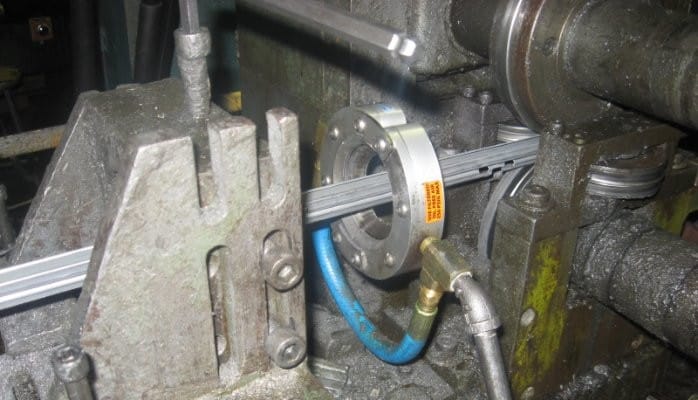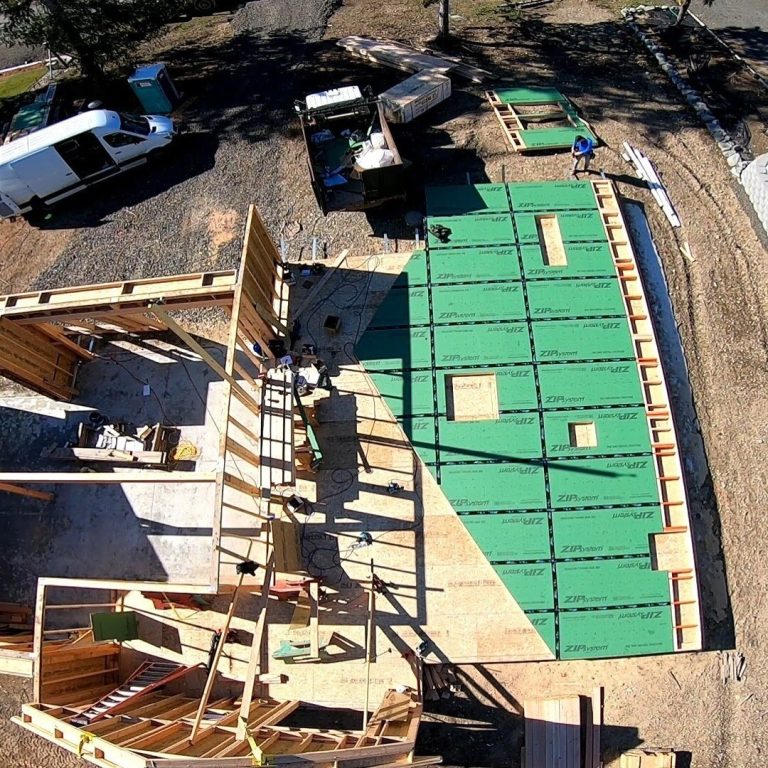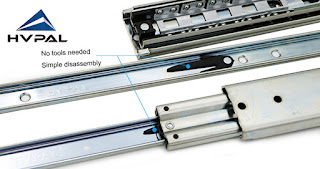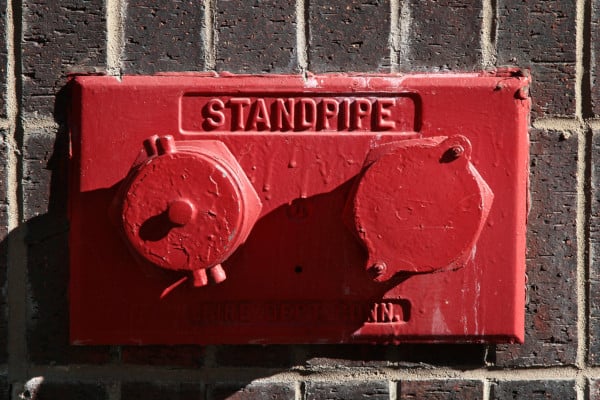Plumbing Industry
Hand Tools

Plumbing Industry
When most people think of plumbing, they only think of the series of pipes, faucets, and other items that bring fresh water into the home and remove sewage from the home. Industries also use plumbing to carry fluids, gases, chemicals, and other liquids to where they are needed.
According to IBISWorld, the market size for plumbers in the United States is $129 billion. In 2023, the number of plumbing businesses is 124,997, with 565,295 employees. Plumbing is nothing new – the ancient Romans used plumbing. However, when Rome fell, the use of plumbing also fell. Indoor plumbing made a return in the 1840s in America.
The main thing to remember about plumbing is that it is based on the fact that water flows downhill. This is why water towers are so tall. Water is pumped into the towers; then gravity does the rest.
Types of Plumbing Pipes
In most newer homes, you’ll find pipes that are made of some type of plastic, whether ABS, PEX or PVC. However, other types of plumbing pipes are still used – mainly in the industrial sector, including:
- Brass: 85 percent copper and 15 percent zinc. They can handle a lot of pressure, so they are often used as drain pipes.
- Copper: Usually used for refrigerant lines and water supply lines.
- PEX: Polyethylene is flexible plastic piping that more plumbers are using instead of copper and steel lines. PEX might be color-coded. Red PEX is for hot water, and blue PEX is for cold water.
- PVC: Polyvinyl chloride is often used for drainage, including sewer lines.
- Rigid: Made from concrete and iron, plumbers use rigid pipes for large load capacities.
- ABS: You’ll find acrylonitrile butadiene styrene pipe under your sink and behind your washer. This is a black material mostly used for drain lines and vents.
- Galvanized: Steel pipes are dipped in zinc to minimize corrosion. Most of these pipes were used in homes prior to the 1960s instead of lead pipes. Plumbers still use galvanized pipes in exterior plumbing applications.
All pipes come in varying diameters and lengths, depending on what you need them for. Some applications require a specific type of pipe, while plumbers can replace metal pipes with newer PVC or PEX.
List of Employment and Occupations
Plumbers work in many places, including businesses, factories, homes, and other places that require piping systems. In 2021, the latest year that the BLS has info for, a plumber made an average of $28.79 per hour or $59,880 per year.
As of 2021, the industry had 469,000 jobs, with an expected 2 percent increase through 2031. Employers that use plumbers include:
- Plumbing, heating and air conditioning contractors: 62 percent.
- Self-employed plumbers: 13 percent.
- Government plumbers: 4 percent.
- Civil and heavy engineering construction: 4 percent
- Manufacturing: 3 percent.
The types of plumbers include commercial and residential plumbers, pipelayers, service and repair plumbers, pipefitters and steamfitters.
List of Work Activities
Plumbers need a range of skills. They must be able to install dishwashers, appliances, toilets, tubs, showers, and water heaters. They should also know how to maintain septic systems. They may have to lift heavy materials at times. Activities include:
- Unclogging and cleaning pipes and drains.
- Bending pipe.
- Cutting and threading pipe.
- Joining material.
- Feeding cable.
- Handling drain snakes.
- Inspecting septic tanks.
- Installing pipes and plumbing.
- Installing fixtures.
- Maintaining plumbing fixtures and structures.
- Plastering.
- Replacing defective fixtures, washers and broken pipes.
- Sanding.
- Thawing pipes.
- Welding and / or soldering components and pipes.
List of Tools and Materials
Plumbers need a variety of tools and materials to complete their jobs. Abolox carries several of the tools required for a plumber. Some of the tools a plumber uses include:
- Basin wrench.
- Chain wrench.
- Toilet auger.
- Hacksaw.
- Pipe cutter.
- Pipe wrench.
- Plunger.
- Strap wrench.
- Trap and drain auger.
- Ratchets, sockets and extensions.
- Screwdrivers.
Some of the materials a plumber needs include:
- Adaptors.
- Cross fittings.
- Chemicals and solvents.
- Heat tape.
- Pipe fittings.
- Pipe hangers.
- Putty.
- Plug and cap.
- Valves.
- Plumbers’ glue and tape.
- Interior, exterior and frost-free faucets.
Many of these tools and materials could cause injury, including chemical and thermal burns, cuts, scratches, impact injuries and more.
Plumbing Safety
Any worker in any industry, including the plumbing industry, could suffer injuries while working with tools and materials. To reduce the risk of injury, plumbers should wear the appropriate safety gear. Abolox sells some of the personal protective equipment required by those working in the plumbing industry.
Common types of injuries include chemical burns, cuts, lacerations, bumps, bruises, thermal burns, face and eye injuries, falls from ladders, and foot injuries. Common personal protective equipment a plumber should use includes:
- Face shields, safety glasses and/or goggles.
- Steel toe boots.
- Work gloves to protect hands against chemicals, cuts and impact.
- High visibility clothing.
- Aprons.
- Welding clothing.
Visit Abolox
Whether you need tools or personal protective equipment for yourself or your plumbing employees, visit Abolox to browse through our selections of hand tools and PPE. We carry quality tools and PPE from known brands. You can order many items in bulk. If you don’t see what you need, call the shop, and we’ll source it for you.





